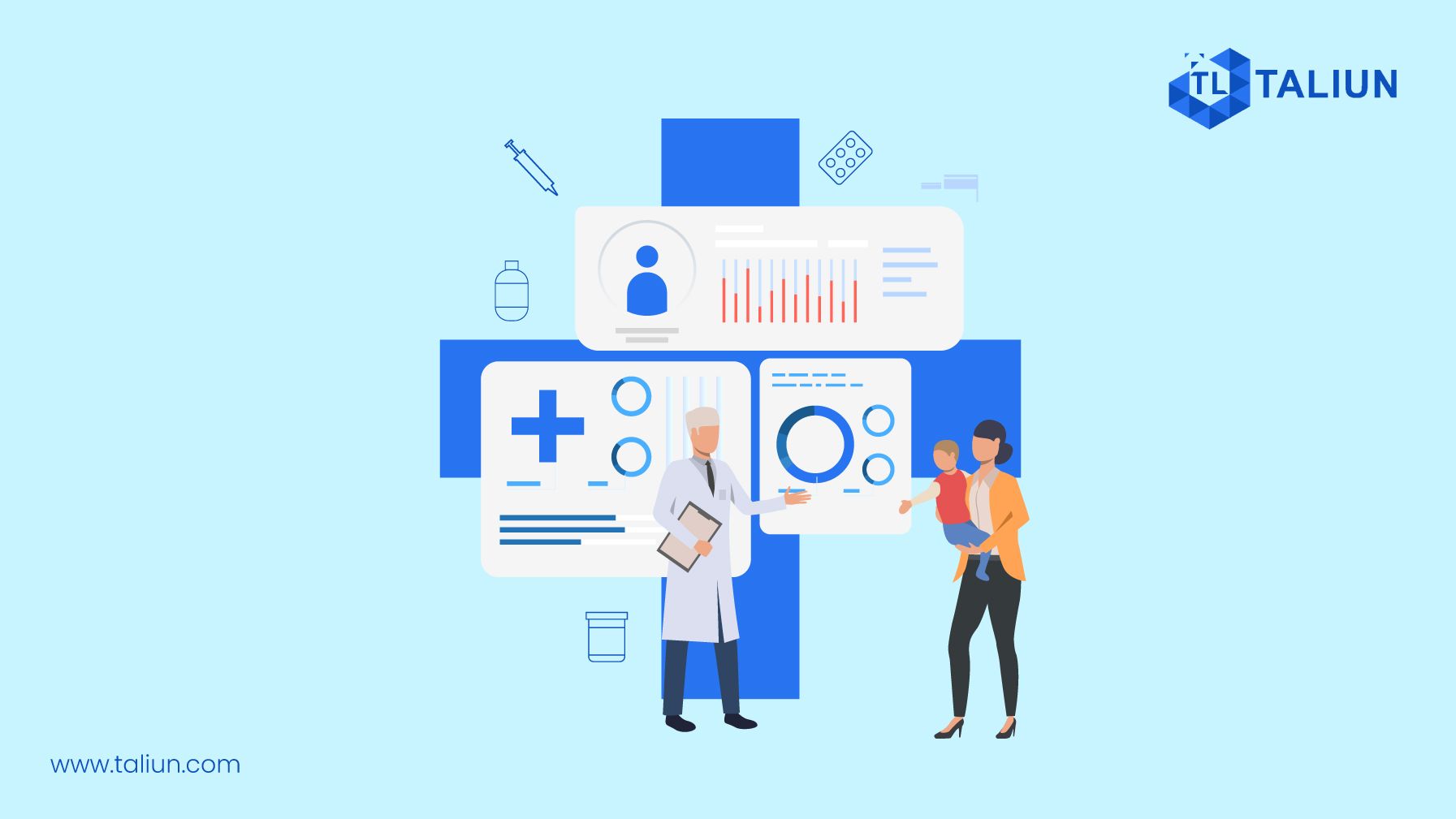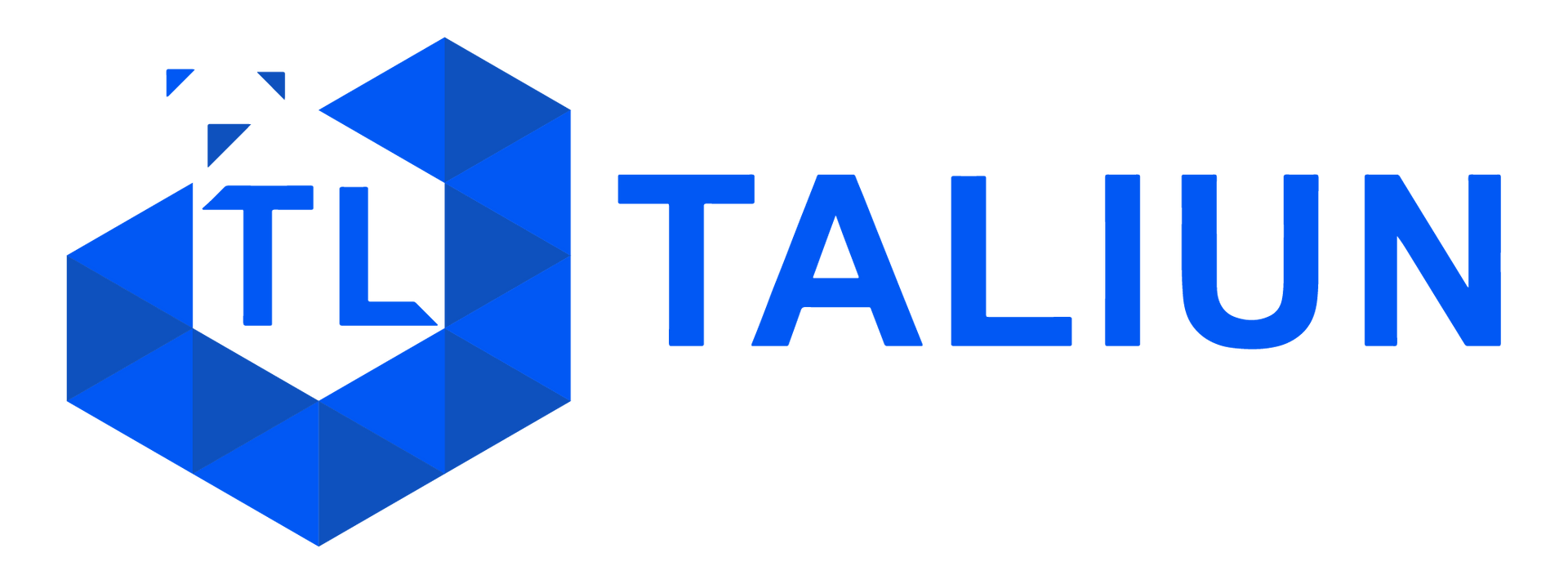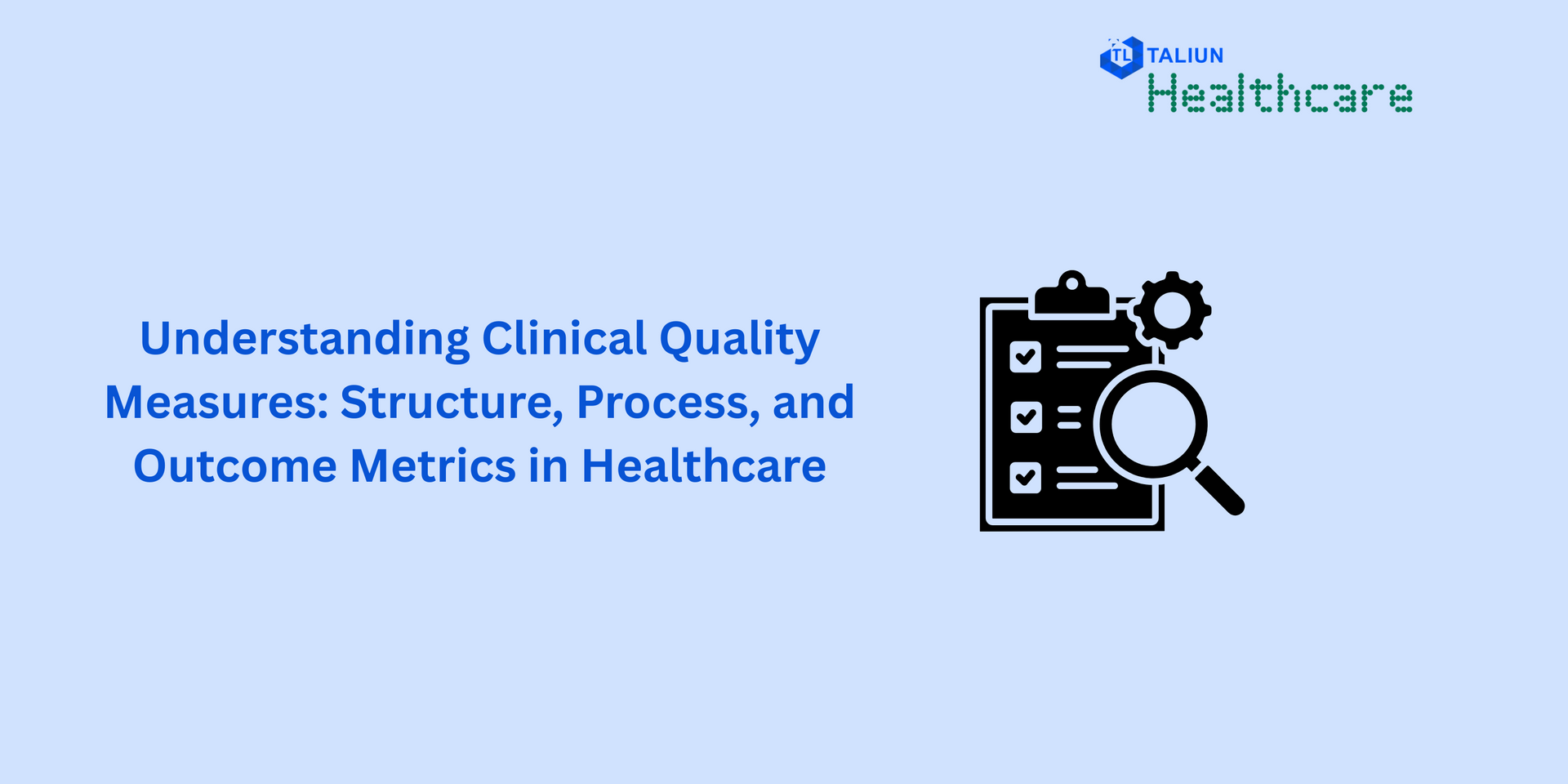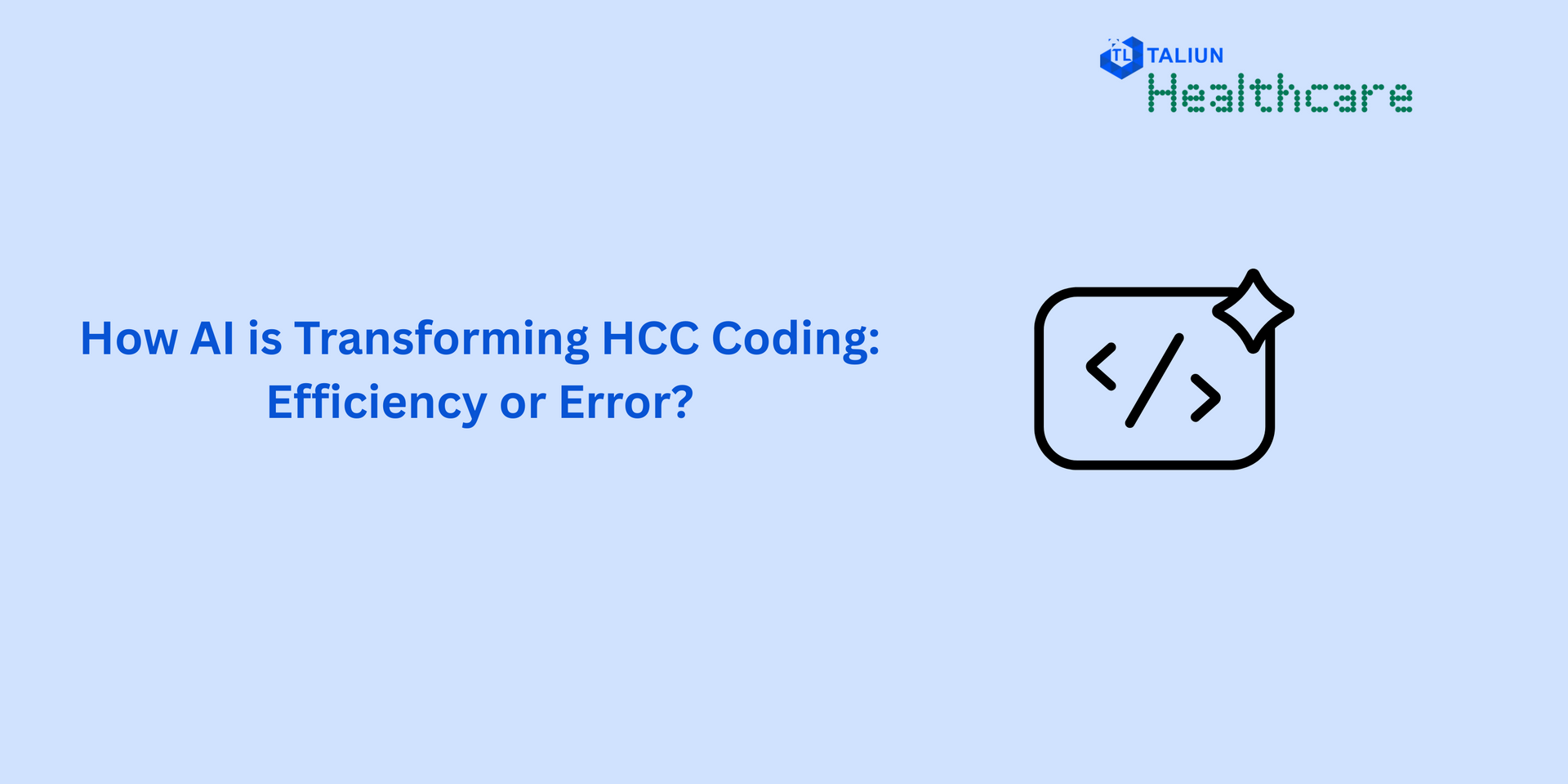
Advancing Interoperability in Healthcare: Exploring FHIR, Bulk FHIR, and USCDI
In today's digital healthcare landscape, the seamless exchange of health information is crucial for delivering high-quality, coordinated care. However, interoperability challenges have hindered the efficient sharing of patient data across different systems and organizations.
In this blog post, we will delve into three important standards that are revolutionizing interoperability: FHIR (Fast Healthcare Interoperability Resources), Bulk FHIR, and USCDI (United States Core Data for Interoperability). We will explore their significance, functionalities, and how they contribute to overcoming interoperability barriers in healthcare.
1. FHIR: Empowering Interoperability: FHIR, developed by HL7 (Health Level Seven), is a next-generation interoperability standard that addresses the limitations of previous healthcare standards. FHIR adopts modern web technologies and RESTful API principles, making it highly flexible, scalable, and developer-friendly. Its resource-centric approach allows for granular data representation, enabling the exchange of discrete data elements and supporting modular application development.
FHIR resources represent discrete units of health data, such as patients, observations, medications, and procedures. These resources can be easily accessed, created, modified, and searched through FHIR's RESTful API endpoints. With FHIR, healthcare systems can achieve seamless integration, interoperability, and the ability to retrieve and exchange relevant patient data across different systems and platforms.
2. Bulk FHIR: Handling Vast Amounts of Data: While FHIR excels in exchanging individual resources, the need for processing large volumes of data prompted the development of Bulk FHIR. Bulk FHIR extends the FHIR standard to address scenarios involving significant data volumes, such as population health analysis, research studies, and data migration.
Bulk FHIR enables the retrieval and processing of data in bulk, reducing the need for multiple individual requests. It introduces specific mechanisms for handling large datasets efficiently. These mechanisms include using secure data export formats, asynchronous operations, and pagination techniques to manage the retrieval of data in manageable chunks.
By leveraging Bulk FHIR, healthcare organizations can streamline the exchange of extensive data sets, improve performance, and optimize resource utilization. This standard paves the way for enhanced population health management, data-driven research, and comprehensive data analysis, ultimately contributing to improved patient outcomes and evidence-based decision-making.
3. USCDI: Standardizing Health Data: To ensure consistency and interoperability across healthcare systems in the United States, the Office of the National Coordinator for Health Information Technology (ONC) introduced the United States Core Data for Interoperability (USCDI). USCDI defines a standardized set of health data elements that should be included in electronic health records (EHRs).
USCDI encompasses essential data categories, including patient demographics, clinical observations, allergies, medications, procedures, and more. By adopting USCDI standards, healthcare organizations can align their data capture and storage practices, facilitating seamless health information exchange within and across organizations. This standardization promotes continuity of care, reduces data fragmentation, and enables a holistic view of the patient's health history.
The integration of USCDI with FHIR further enhances interoperability by providing a common language for data exchange. FHIR resources align with USCDI data elements, allowing for standardized representation and exchange of health information. This harmonization enables interoperability across systems, drives data-driven care coordination, and supports the exchange of comprehensive patient records.
Conclusion FHIR, Bulk FHIR, and USCDI play vital roles in advancing interoperability in healthcare. FHIR's modern approach facilitates seamless integration and exchange of health data, while Bulk FHIR addresses the challenge of processing large data sets. USCDI




